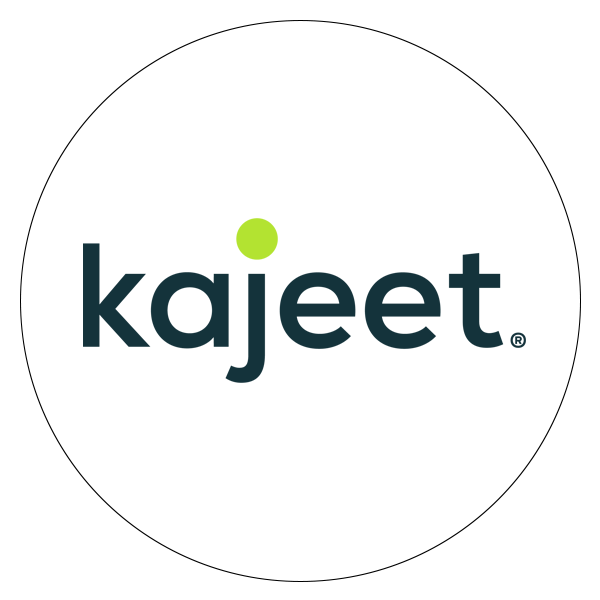
It feels like the school year just ended. But in a short while, students will be returning to classrooms across the country to begin another.
It’s not just summer that passes quickly, though; so do developments in educational technology.
Earlier this year, we forecasted five big predictions for the ed tech scene in 2017. As we hit the halfway point in the year, it’s worth looking back to see where the education industry is now – and to look at what educators can expect from the remainder of the calendar year.
It’s also a great time for educators to consider how they should spend the rest of their summer. What trends and tools should district administrators, teachers, parents, and IT departments prepare for when their students go back to school?
In early January, we came up with five ed tech predictions for 2017. Our predictions were based on a 2016 survey by District Administration of more than 270 K-12 leaders. Here are those predictions:
So where do we stand halfway through 2017?
For help, we looked to an insightful survey by the Consortium for School Networking (CoSN) on ways education leaders currently use technology to change the field and provide more engaging and successful environments for students – ones that accommodate their strongest learning styles.
For five years, CoSN has conducted these surveys with the help of IT managers and leaders, noting that even in such a short amount of time the ed tech landscape has changed in unexpected, irrevocable ways.
“In the five-year span of the survey, revisions have been made to reflect changing IT initiatives,” the report authors write. “There are major differences from the 2013 IT landscape. Questions about the use of Facebook and Twitter, for example, have been replaced by questions on more timely topics such as outsourcing and the use of OER [open education resources]. This year’s survey includes new questions about personal use of online courses, peer-to-peer technology reviews, and interoperability.”
While you can read the full report here, we’ve consolidated some of the 10 key findings uncovered in this most recent survey.
The news isn’t all bad, however. The survey also found good news to report about the IT leaders working on the forefront of education.
Each CoSN survey asks IT leaders to identify their top three technology priorities. According to the report authors, these priorities also reflect the changing landscape of educational technology.
For example:
The top three priorities IT leaders see for the future, according to the CoSN survey, are:
According to the survey, “mobile learning has proved to be a consistent priority, ranked in the top three for four of the five years, taking the top spot this year.”
Mobile learning experiences are at the core of education and its future. Learning isn’t just relegated to the classroom lectures or textbooks anymore. Now, students can communicate with teachers, complete homework assignments, and study for tests virtually anywhere they have Internet access.
With districts offering laptops, educational apps, and other on-the-go learning technologies, accessibility is of the utmost importance. When students can learn wherever – and whenever – they want, they’ll be able to succeed outside the classroom as well as inside it.
One tool to help facilitate mobile learning: anytime, anywhere broadband Internet access.
After all, not all students have continual and reliable Wi-Fi Internet access. Some go to a babysitter’s house or tag along with other siblings to sports practices and other activities. There’s no one profile of a 21st-century student, which means instant connectivity can help level the playing field and ensure that all sorts of learners – visual learners, audio learners, unstructured learners – can keep up.
Frequently listed as one of the top three priorities, broadband and network capacity continues to be an important priority for IT leaders.
More students are using on-campus broadband to navigate the digital world. With the growing enormity of online tools out there, school districts must address the increasing need for bandwidth by more students. Students and teachers expect uninterrupted learning as they research topics and complete lessons.
Network capacity also extends beyond the classroom. As more school districts across the country make mobile learning initiatives the norm, students are required to complete digital homework assignments outside the classroom.
By improving the quality of and access to broadband in school districts, educators help improve students’ digital skills. However, IT leaders need to work to create a solid bridge that can help students overcome the dangers of the Homework Gap. By partnering with Kajeet, schools can provide their students filtered Internet access outside of the classroom, whether through Wi-Fi hotspots or on the school bus.
The benefits of increased broadband capacity for school districts (both in and outside of school) include higher graduation rates, increased parent involvement, increased student engagement, higher test scores, and decreased behavior incidents on school buses. Plus, the better network capacity a school district has, the more it will be able to reap the benefits of cutting-edge ed tech tools such as virtual reality field trips and interactive makerspaces.
Different to the CoSN survey this year is the third key trend noted by IT leaders: cybsersecurity. The trend shot up from last year’s 10th place, now ranking at 3rd place.
According to the survey report,
The rise of the Cyber Security concern is not surprising. Malicious attacks and ransomware are not limited to high-profile companies and government agencies. Educational institutions are also being targeted. A recent study of IT infrastructures across various sectors actually found that “Education has the highest rate of ransomware…three times the rate of ransomware found in Healthcare and more than ten times the rate found in Finance.
Other explanations for the increased attention paid to cybersecurity in education are “the increasing number of reports about K-12 security breaches and the recent IRS alert about school phishing scams.”
Thirty percent of the IT leaders surveyed found that digital privacy and student data security was “much more important than it was last year.” This troublesome trend is quickly becoming top-of-mind for lawmakers concerned about the susceptibility of schools to hacks and cybercrimes, according to Education Week.
To help combat this threat, IT experts and school districts are using a variety of tactics. Some school districts, like one Florida school district, are purchasing cybersecurity insurance policies and working with identity protection firms. IT companies like Pivot suggest school administrators take a layered approach to cybersecurity that includes everything from next-generation firewalls and intrusion detection systems to online content filtering tools and advanced data encryption.
What other trends should be at the forefront of school districts’ to-do lists this summer and fall? Jessica Leigh Brown of Education Dive has a primer on five of the top ed tech trends in K-12 education and how they’re expected to evolve over the remainder of the year.
While the future of ed tech learning is never set in stone, it helps to keep in mind where IT leaders and experts see the field going for the rest of the year.
Ultimately, it’s about striking a balance--embracing new technologies like virtual reality while making sure to adapt to more behind-the-scenes challenges, such as the security of student data, that are increasingly posing a threat to how schools operate.
Whatever awaits the future of mobile technology, network capacity, and cybersecurity, there’s more than enough reason to be hopeful. As Jason Palmer writes in EdSurge,
At this point, America’s education system finally has all the key building blocks in place: The infrastructure is solid, almost every student has a device and wireless Internet access, schools and educators (at all levels) are now much more comfortable working with technology and data, and thousands of entrepreneurs are working—not just with early adopters, but increasingly with early mainstream schools and educators—to bring ed tech and personalized learning to the masses.
And as for those students who lack at-home Internet access, we know how to help them.
Did we miss an ed tech trend? Is your school implementing a new innovative technology this Fall? Let us know in the comments.


